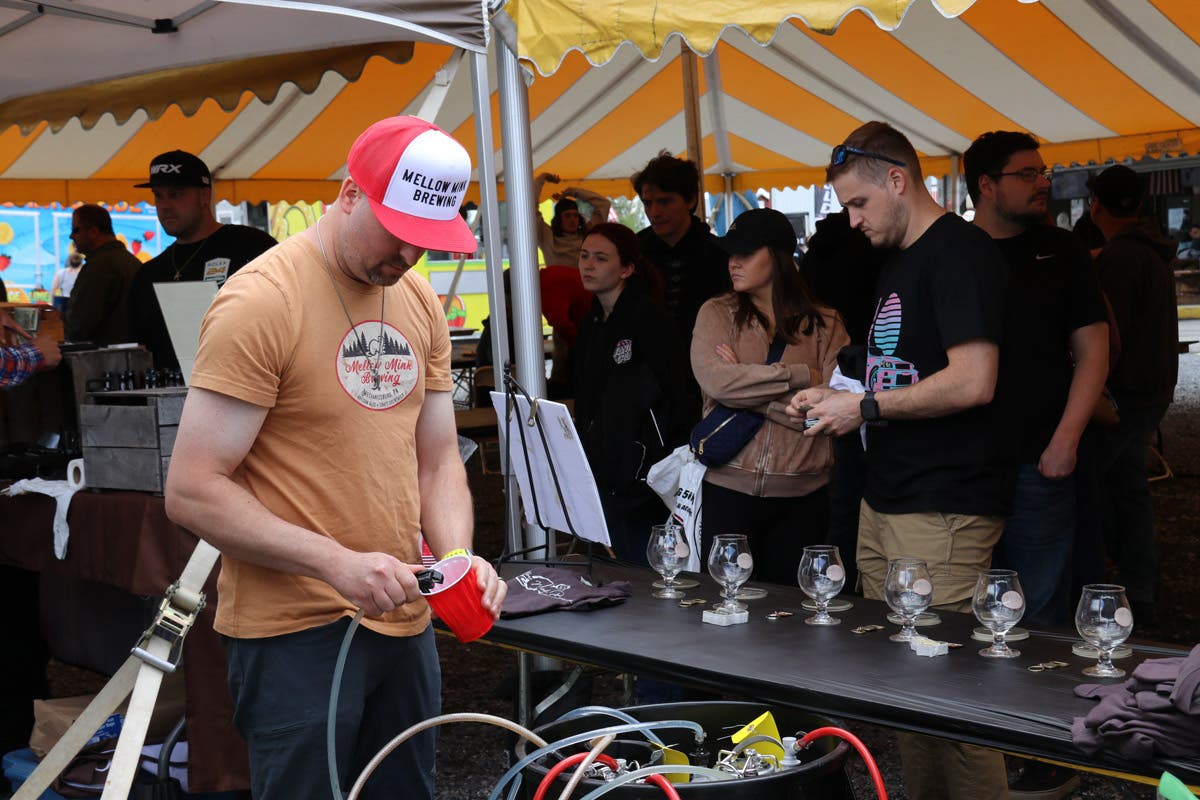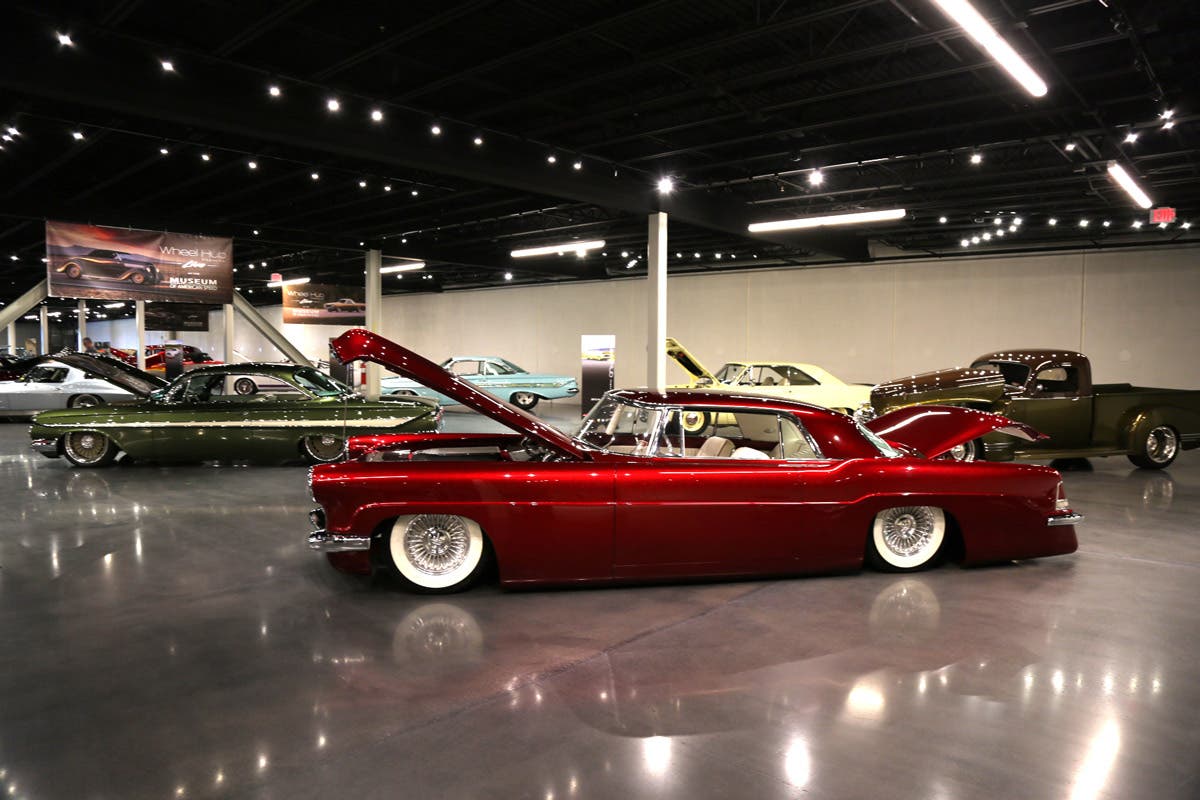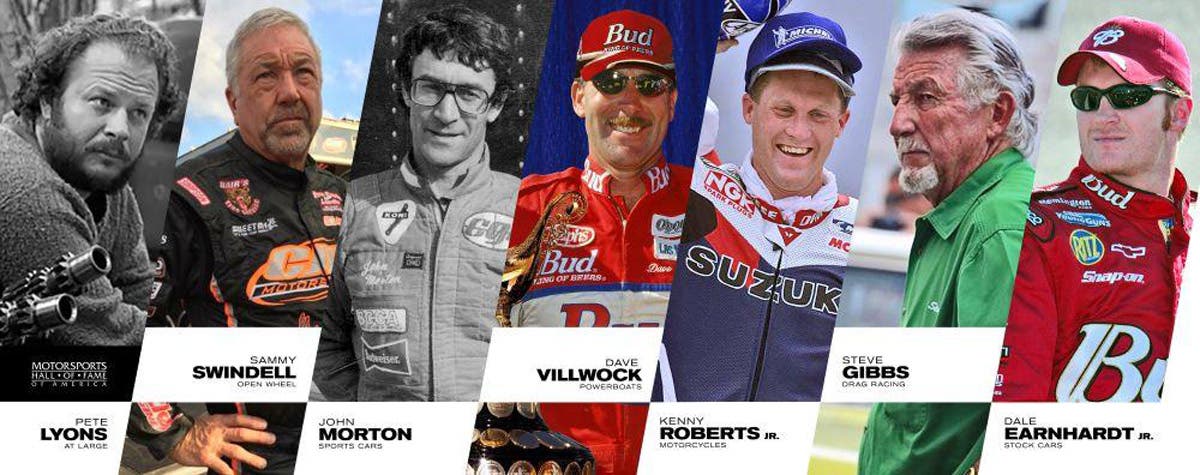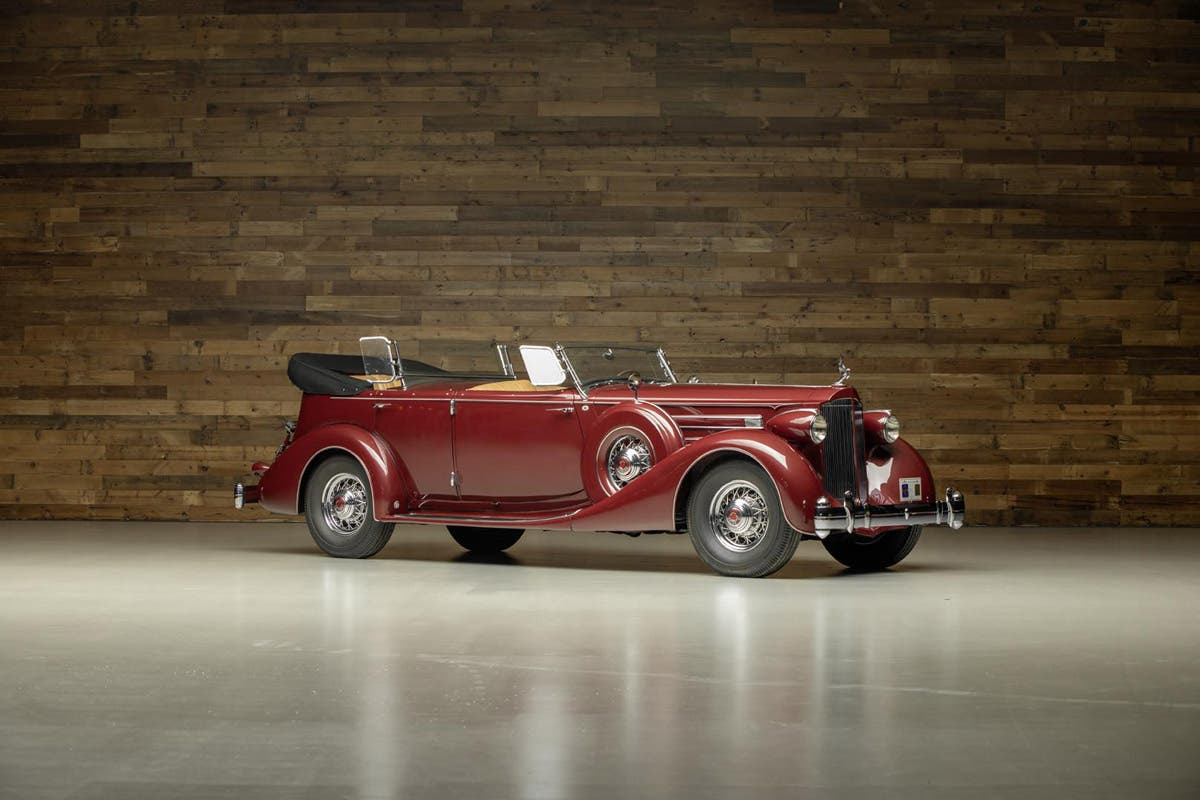The Portland Art Museum to host streamlined auto and cycle exhibit
PORTLAND, Ore.—The Portland Art Museum announced The Shape of Speed: Streamlined Automobiles and Motorcycles, 1930–1942, a special exhibition debuting at the Museum in Summer 2018. Featuring 19 rare streamlined automobiles and motorcycles, The…
PORTLAND, Ore.—The Portland Art Museum announced The Shape of Speed: Streamlined Automobiles and Motorcycles, 1930–1942, a special exhibition debuting at the Museum in Summer 2018. Featuring 19 rare streamlined automobiles and motorcycles, The Shape of Speed opens June 16 and will be on view through September 16, 2018.
The concept of streamlining has fascinated people for generations. Beginning in the 1930s and extending until the outbreak of the World War II, automotive designers embraced the challenge of styling and building truly streamlined cars that were fast and fuel-efficient. They were encouraged by the confluence of aircraft design with the sleek shapes of fast railroad locomotives; new advanced highways such as the Autobahns; and events like the 1939 New York City World's Fair, which showcased futuristic design.
The Shape of Speed presents a select group of rare automobiles and motorcycles that demonstrate how auto designers translated the concept of aerodynamic efficiency into exciting machines that in many cases, looked as though they were moving while at rest.
The Museum will display 17 cars and two motorcycles—the best of that era's streamlined offerings—from Europe and the United States. Engineering drawings and period photographs will show some of the aircraft, railroad, ship, and yacht designs that influenced the automakers.
Featured designers and engineers include European streamlining pioneer Paul Jaray, along with Richard Buckminster Fuller, Norman Bel Geddes, Raymond Loewy, Harley J. Earl, Hermann Ahrens, Georges Paulin, Joseph Figoni, Dr. Wunibald Kamm, Otto Kuhler, Jean Bugatti, Hans Ledwinka, Gordon Buehrig, and others.
The latest exhibition in the Portland Art Museum’s design series, The Shape of Speed is guest curated by Ken Gross, former director of the Petersen Automotive Museum in Los Angeles. Gross previously curated the Museum’s 2011 exhibition The Allure of the Automobile, which enthralled visitors with its lavish presentation of automobiles as kinetic art—a form of rolling sculpture. With this new exhibition, the Museum opens the door to another fascinating exploration of automotive design.
The Shape of Speed: Streamlined Automobiles and Motorcycles, 1930–1942 is accompanied by a range of related programs and events, as well as a catalogue. For more information and updates, please visit portlandartmuseum.org.
Organized by the Portland Art Museum. Guest curated by Ken Gross.
Other exhibit automobiles:
- Bendix SWC Prototype Sedan, 1934(Courtesy of Studebaker National Museum)
- Chrysler Imperial Airflow Coupe, 1934(Courtesy of Collection of David and Lisa Helmer)
- Hoffman X-8 Sedan, 1936(Courtesy of Myron and Kim Vernis)
- Steyr 50 “Baby” Coupe, 1936(Courtesy of Scott R. Bosés and Celesta Pappas-Bosés
- Airomobile, 1937 (Courtesy of National Automotive Museum, The Harrah Collection)
- Cord 812SC Sedan, 1937 (Courtesy of Kevin Cornish)
- Lincoln Zephyr-Coupe, 1937 (Courtesy of Alan Johnson)
- Panhard X76 Dynamic sedan, 1937(Courtesy of Peter and Merle Mullin)
- Talbot-Lago T-150C-SS Teardrop Coupe, 1937(Courtesy of Mullin Automotive Museum Foundation)
- Delahaye 135M Figoni & Falaschi Roadster, 1938(Courtesy of Collection of the Petersen Automotive Museum, Gift of Margie and Robert E. Petersen Foundation)
- Mercedes-Benz Mercedes-Benz 540K Stromlinienwagen, 1938 (Courtesy of Mercedes-Benz Museum)
- Tatra T77a Sedan, 1938(Courtesy of Helena Mitchell & John Long)
- Graham-Paige Sharknose Combination Coupe, 1939(Courtesy of Charles Mallory)
- Alfa Romeo 6C2500, 1942 (Courtesy of Collezione Corrado Lopresto)
Sponsors
MAJOR SPONSORS: The Standard; Melvin Mark Companies; Nani S. Warren / The Swigert Warren Foundation; Mr. and Mrs. William A. Whitsell; Sports Car Market 30th Anniversary Tour: Richard Duffy, Tim Gallagher, Bob Bailey/Archie Urciuoli, Dan & James McCallum, Philip & Sarah Richter; Daimler Trucks North America.
SHAPE OF SPEED SOCIETY: Robert and Kathleen Ames; Mr. Ken Austin; Jerry Baker and Janet Geary; Kevin Blount; Bonhams; Lana and Christian Finley; Eric and Jan Hoffman; Mr. Keith Martin; Merrill Lynch Private Banking & Investment Group; Mr. Mark J. and Dr. Jennifer Miller; Mark and Katherine Frandsen; Elizabeth Lilley; Jim and Susan Winkler. Supported in part by Exhibition Series Sponsors.
About the Portland Art Museum
The seventh oldest museum in the United States, the Portland Art Museum is internationally recognized for its permanent collection and ambitious special exhibitions drawn from the Museum’s holdings and the world’s finest public and private collections. The Museum’s collection of more than 45,000 objects, displayed in 112,000 square feet of galleries, reflects the history of art from ancient times to today. The collection is distinguished for its holdings of arts of the native peoples of North America, English silver, and the graphic arts. An active collecting institution dedicated to preserving great art for the enrichment of future generations, the Museum devotes 90 percent of its galleries to its permanent collection. The Portland Art Museum recognized both Native American art and Photography as fine art years earlier than peer institutions, with a commitment to collection in these areas and the dedication of permanent galleries for displaying the work. This ongoing commitment is demonstrated in the arc of Native American exhibitions in 2016 and 2017 and a new space for showcasing Contemporary Native Art.
The Museum’s campus of landmark buildings, a cornerstone of Portland’s cultural district, includes the Jubitz Center for Modern and Contemporary Art, the Gilkey Center for Graphic Arts, the Schnitzer Center for Northwest Art, the Northwest Film Center, and the Confederated Tribes of Grand Ronde Center for Native American Art. With a membership of more than 22,000 households and serving more than 350,000 visitors annually, the Museum is a premier venue for education in the visual arts. For information on exhibitions and programs, call 503-226-2811 or visit portlandartmuseum.org.
The Portland Art Museum welcomes all visitors and affirms its commitment to making its programs and collections accessible to everyone. The Museum offers a variety of programs and services to ensure a quality experience and a safe, inclusive environment for every member of our diverse community. Learn more at portlandartmuseum.org/access.
The Portland Art Museum is pleased to offer accommodations to ensure that our programs are accessible and inclusive. Please email a request to access@pam.org two to three weeks in advance, or call 503-226-2811.








